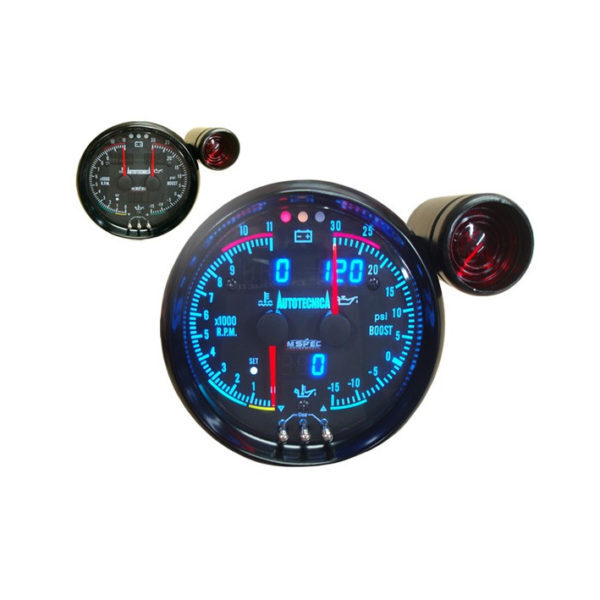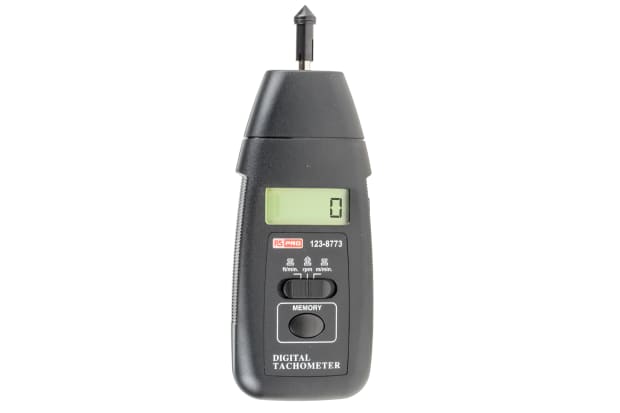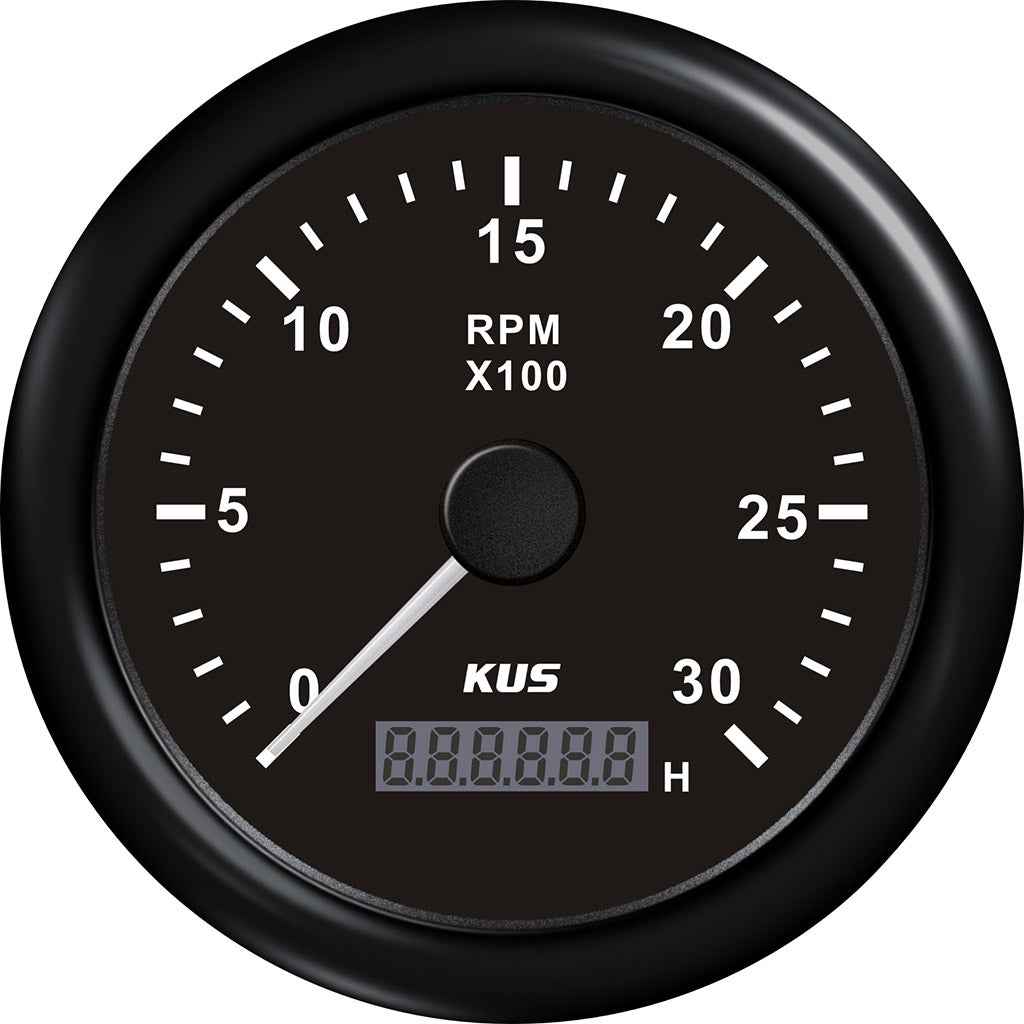Exactly how to Pick the Right Tachometer for Your Car or Bike
Exactly how to Pick the Right Tachometer for Your Car or Bike
Blog Article
The Importance of a Tachometer in Keeping An Eye On Engine Speed and Performance in Automotive Applications
In the world of vehicle design, the tachometer stands as a critical tool in the driver's collection, supplying a direct window into the internal workings of a vehicle's engine. Beyond its feature as a mere scale of transformations per minute (RPM), the tachometer acts as an essential device for lovers and specialists alike, supplying real-time insights right into engine performance and health. Recognizing the value of this device surpasses surface-level observations, diving into the elaborate connection in between engine speed, power result, and overall driving experience. As we discover the multifaceted function of the tachometer in auto applications, a deeper gratitude for its influence on vehicle characteristics and effectiveness begins to arise.
Relevance of Keeping An Eye On Engine RPM
Checking engine RPM, or changes per min, is a vital element of automobile upkeep and performance evaluation. Engine RPM straight correlates with the rate at which the engine's crankshaft rotates, indicating just how quickly the engine is running.
Furthermore, keeping an eye on engine RPM is necessary for efficiency analysis in auto racing and high-performance cars. In recap, keeping an eye on engine RPM is not only crucial for finding problems but likewise for maximizing engine efficiency in different auto applications.

Advantages of Real-Time Data
In vehicle applications, real-time data plays a critical role in supplying instant insights into the efficiency and condition of the automobile. By continuously monitoring various criteria such as engine rate, temperature, gas intake, and more, real-time data supplies various benefits that add to boosted performance and safety and security when traveling.
In addition, real-time information helps with efficiency optimization by providing instant feedback on driving habits and engine performance. Chauffeurs can change their behavior in real-time based on this information to attain better gas economic situation and lengthen the life-span of their automobile.

Additionally, real-time data plays a vital duty in modern-day vehicle diagnostics, making it possible for technicians to promptly identify and deal with malfunctions. This brings about minimized downtime, reduced upkeep expenses, and eventually, improved general car reliability and longevity (tachometer). By taking advantage of the power of look here real-time data, vehicle stakeholders can make informed choices that favorably impact helpful hints both the performance and long life of the automobile
Impact on Equipment Shifts
The tachometer plays a vital duty in enhancing gear changes by giving real-time engine speed data to the chauffeur. When approaching the redline on the tachometer, it signifies the motorist to upshift to avoid over-revving the engine and triggering potential damages.
Moreover, the tachometer help in attaining smoother gear changes, especially in manual transmissions. By checking engine rate, chauffeurs can implement equipment changes at the ideal RPM range, lowering snagging movements and lessening wear on the transmission parts. This precision on duty adjustments not just enhances driving comfort however also adds to fuel efficiency.
Enhancing Gas Efficiency
Provided the critical function the tachometer plays in enhancing gear changes for performance and engine health and wellness, it directly contributes to maximizing gas efficiency in automotive applications. By offering real-time feedback on engine rate, the tachometer aids motorists in maintaining one of the most efficient RPM range for fuel economy. When drivers regularly keep track of the tachometer and change their motoring habits appropriately, they can stay clear of unnecessary fuel consumption brought on by over-revving or hauling the engine.
Additionally, the tachometer helps motorists determine the most fuel-efficient equipment to be in at any given moment, stopping the engine from working harder than essential. In verdict, the tachometer serves as an important tool in enhancing fuel performance by promoting optimal driving habits and recognizing locations for enhancement in the vehicle's performance.

Making The Most Of Engine Longevity
The tachometer's function in checking engine speed and performance is critical in making certain the longevity of automotive engines. By using the tachometer properly, chauffeurs can optimize engine durability with conscious go now RPM monitoring. Continually revving an engine too expensive can result in too much deterioration on vital parts, such as the pistons, shutoffs, and bearings. Gradually, this can lead to lowered engine efficiency and possible malfunctions. Keeping track of the tachometer allows chauffeurs to stay within the suggested RPM range for their vehicle, preventing unnecessary pressure on the engine and extending its life-span.

Final Thought
To conclude, the tachometer plays a vital function in checking engine rate and efficiency in auto applications. By offering real-time information on RPM, it allows for efficient gear shifts, boosted gas effectiveness, and taken full advantage of engine long life. This tool is necessary for maintaining optimal engine efficiency and guaranteeing the overall capability of a car.
Report this page